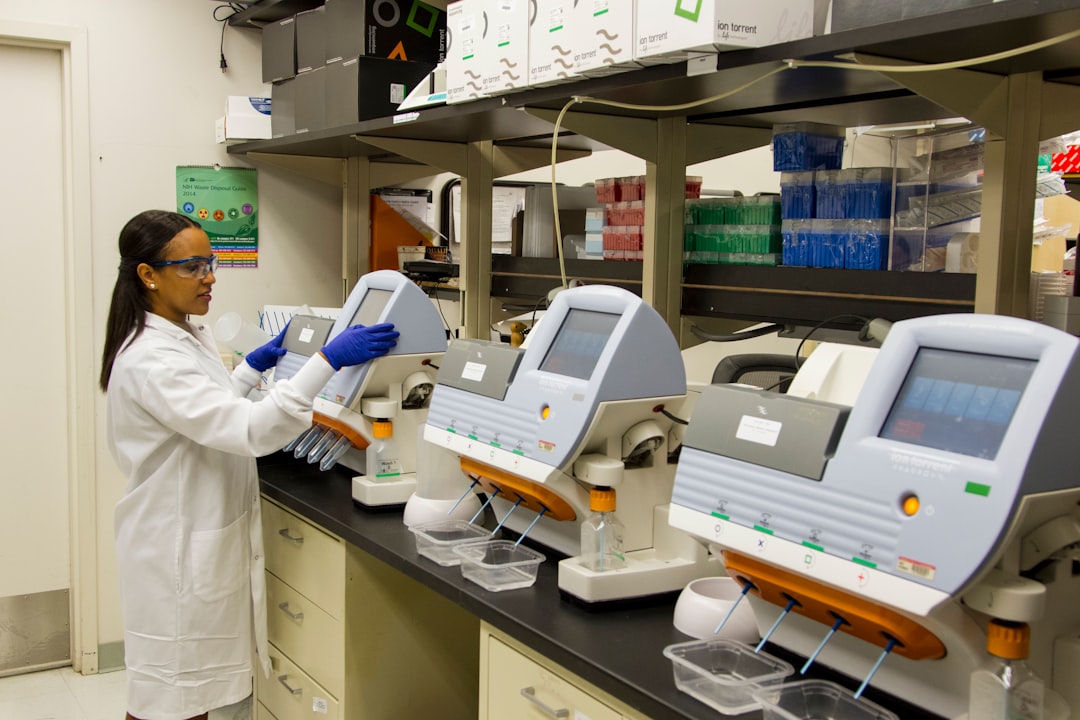What is it about?
In osteoarthritis, the progressive deterioration of the cartilage that protects the ends of the bones in the knees, hips, hands, and spine leads to increased limitations in normal daily activities. Changes in the arrangement of collagen fibers and loss of proteoglycans may irreversibly compromise cartilage function. Histological examination is the only way to accurately evaluate cartilage quality, however it requires invasive collection of samples that can further damage the tissue. In this work, we investigated the feasibility of machine learning models trained with quantitative MRI parameters to predict the structure and composition of equine cartilage samples. Our results show that it is possible to accurately and non-invasively estimate cartilage collagen fiber orientation and proteoglycan content from MRI.
Featured Image

Photo by Harlie Raethel on Unsplash
Why is it important?
Osteoarthritis is a major health concern causing joint pain and physical disability for millions of people worldwide. Its prevalence is expected to rise because of growing obesity and the aging of populations. Early diagnosis and development of effective treatments require reliable non-invasive methods for the detection of changes in cartilage structure and composition. Machine learning based on MRI has the potential to provide non-invasive tools for recognition of early osteoarthritic changes in cartilage as well as evaluating patient response to therapies.
Read the Original
This page is a summary of: Machine Learning Prediction of Collagen Fiber Orientation and Proteoglycan Content From Multiparametric Quantitative
MRI
in Articular Cartilage, Journal of Magnetic Resonance Imaging, July 2022, Wiley,
DOI: 10.1002/jmri.28353.
You can read the full text:
Resources
Contributors
The following have contributed to this page










